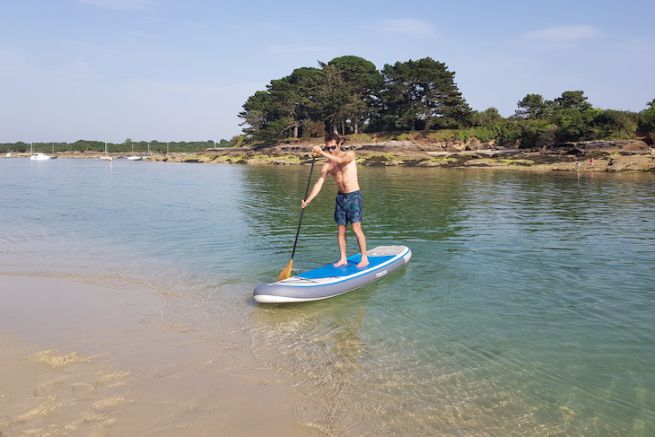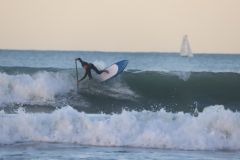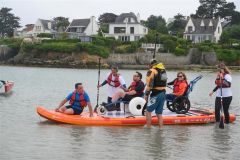The paddle is the new and trendy watercraft . You can find them on all beaches and it's great because it brings new people to the water. We understand the interest of the SUP with an affordable price and a practice accessible to the greatest number of people to enjoy nature. Standing up, you can see the seabed much better than in a kayak, for example.
1 - Inflate your paddle properly
The required pressure is difficult to achieve and many people do not inflate their stand-up paddle sufficiently. It then becomes banana and sinks into the water, creating a big brake and a certain instability.
If your strength does not allow you to inflate your board manually, double-body or electric pumps are available on the market or to obtain a better pressure. For those who don't have a motor on board their boat, think about inflating before départ?!

2 - Position the train in the right direction
There are two types of trains, with a dihedral or concave, and it is common to reverse the position of the train. The dihedral, if any, of the train must face forward. In the absence of a dihedral, the train set will be concave and the hollow part will have to be oriented towards the rear and the curved part towards the front.
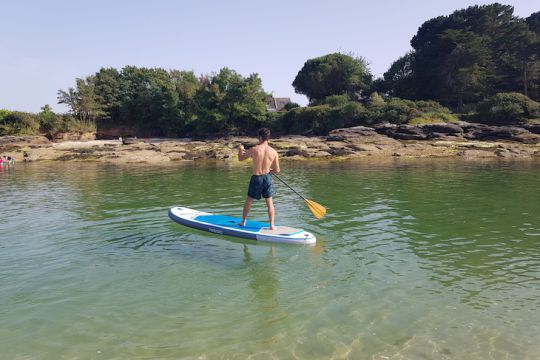
3 - Adjust the ream to the right size
Adjusting the length of your oar is important to row well. With the arm stretched upwards, the end of the train must reach at least the level of the wrist.
4 - Think of the leash
It is an important safety accessory, especially for beginners. The leash allows you to be always connected to the paddle. Imagine that in case of a fall backwards, you will propel the board forward and the paddle around. To float, the paddle remains your best ally.
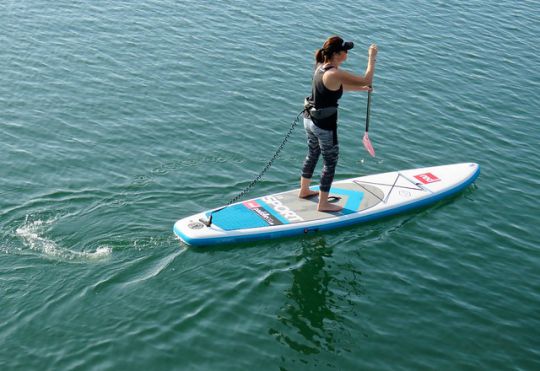
5 - Properly assess your environment
Study the wind and its evolution during the day as well as local currents and tides. For example, a 15-knot headwind can make rowing extremely difficult for people who are not trained.
In this case, do not hesitate to get down on your knees or sit down. You will halve the wind catch. Conversely, if the wind comes in your back, don't hesitate to stand up to enjoy it.

6 - Think about water and sunscreen
We dehydrate quickly in the sun, especially if there is a little wind. The sun burns even faster with the reverberation of the water. Most paddles are equipped with anchors to carry waterproof bags. So do not hesitate to bring your hat, cream, water, see your mobile phone if necessary, which you will have taken care to protect in a waterproof cover.
7 - Inform your family and friends
Before leaving, let your family and friends know about your activity and place of practice. This rule applies to many water sports. In the event of prolonged absence, the person will be able to prevent rescue appropriately.
